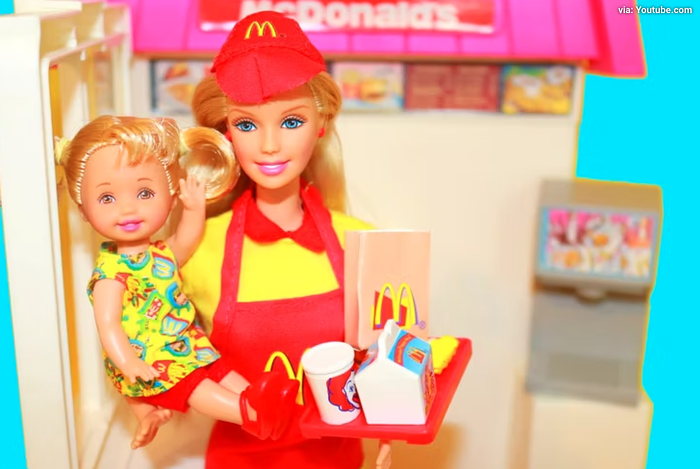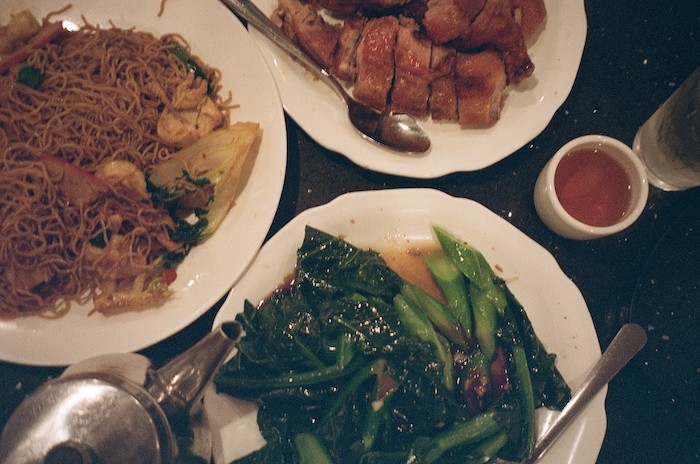Last weekend I walked into a high-ceilinged room where roughly 100 people mingled in loose circles. An elf was breakdancing. Drinks came from an array of bars. The walls were covered nearly floor to ceiling in paintings, close to 2,000 in total, all fixed at a low price point. The rows and columns stretched into a dizzying repetition, each image diluting the impact of the next. It was as though these paintings were preying upon my seasonal obligations—and commerce over quality was the overriding flavor. Admittedly, it was a charity event, and yes, some of the artwork would brighten up a wall. But pretty walls promote neither a conversation nor a forward-thinking worldview—and the commerce that surrounds them seems to miss the most vital functions of art.
The next night I met up with Tori Abernathy, an artist and curator who grooms a very different relationship between creativity and commerce. She founded Recess Gallery as a space for content-driven exhibitions, incorporating the ambitious side-mission of testing the distinctions between curator, artist, and audience. For Abernathy, the commercial viability of an exhibit isn't a deciding factor in its creation. Indicative of Recess' content-driven mission, the July exhibit Social_Net_Works gathered local artists who are inspired by online networking tools, putting Aaron Parecki and Amber Case's GPS-generated self-portraits in the same room as Alicia Gordon's photographs of her Craigslist Casual Encounters.
Abernathy's current project is a three-part exhibit called Synthesis. Its first iteration, Thesis, debuted December 3 at Research Club, producing five collaborative works by randomly pairing 12 artists into groups of two (one group is curatorial) and incorporating "methods gleaned from the Socratic/Hegelian dialectic"—namely, opposition as a road to progress. Abernathy says the collaborative pairs are splitting for the second month's exhibit, Antithesis: "One partner will continue working on the project with a new collaborator from another group." In the final month, "the groups will shift again," leaving neither of the original artists on any given project, while entirely removing Abernathy from a curatorial role.
It's an experiment that echoes the Hegelian dialectic, generating artwork through oppositional forces and the solutions suggested between them. For example, Thesis collaborators Gabe Flores and Abraham Ingle decided to compile a video from a series of interviews exploring the interviewee's fear of failure. After shooting, Ingle felt the project wasn't successful. The pair worked toward a fix, interviewing one another about why the project came up short. The end result couples visuals from the original interviews with a phone conversation between Flores and Ingle, culminating in the artists talking on camera about their own failures.
Other projects include Hannah Piper Burns and Allison Halter's two-channel video piece, presenting a conversation about collaboration itself (equating it with an "awkward date"), and Chloe Womack and Delphine Bedient's "Conversation Scorecard," which, through a questionnaire incorporating both objective and subjective fields, examines small talk as a formula—asking participants to anonymously discuss the merits of a recent conversation.
While these projects work within Abernathy's Hegelian structure, she notes that in randomizing the pairings, some of the artists aren't necessarily the best suited for collaboration. Yet in embracing disorder—reducing the curatorial authority that many people expect in a gallery context—Abernathy is satisfying her mission to blur the boundaries between artist, curator, and audience. These boundaries will continue smudging over the coming months as the oppositional underpinnings of the show are taken through their antithetical and solution stages, and each artist is rendered audience to their original project.













